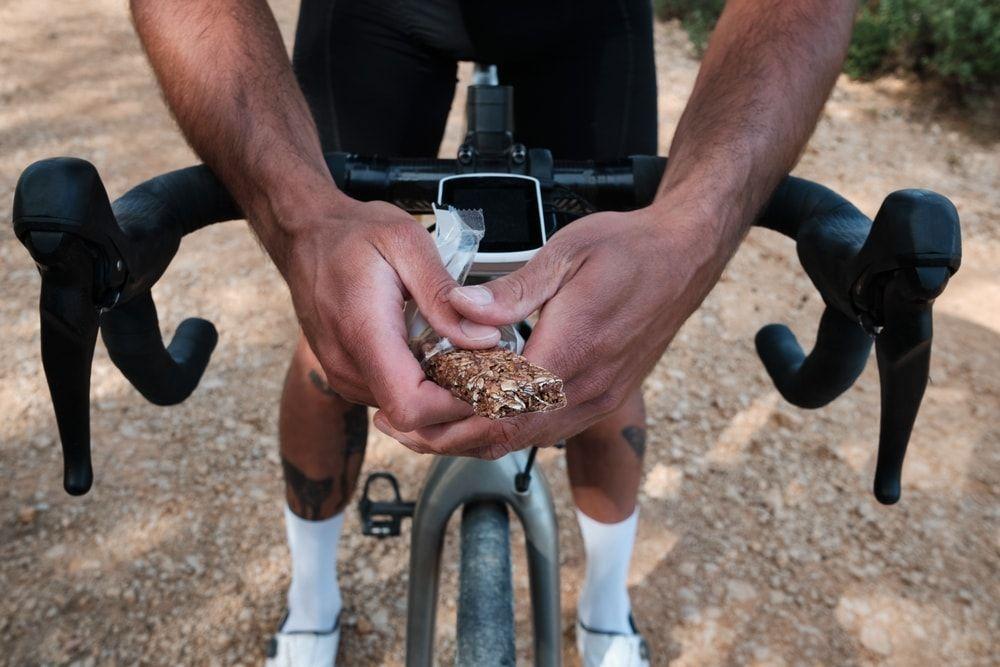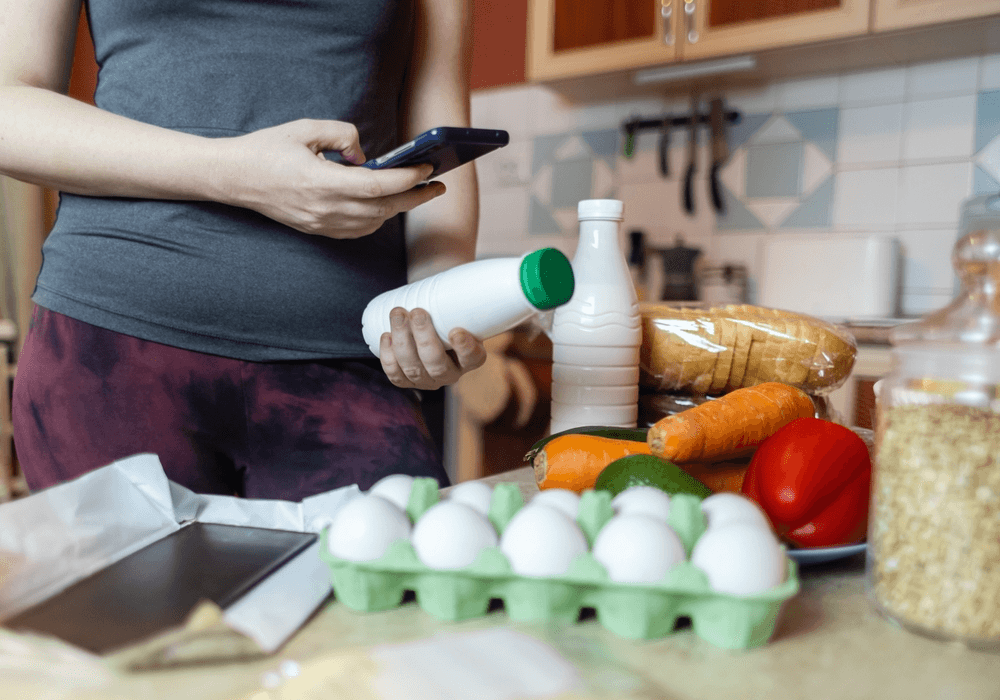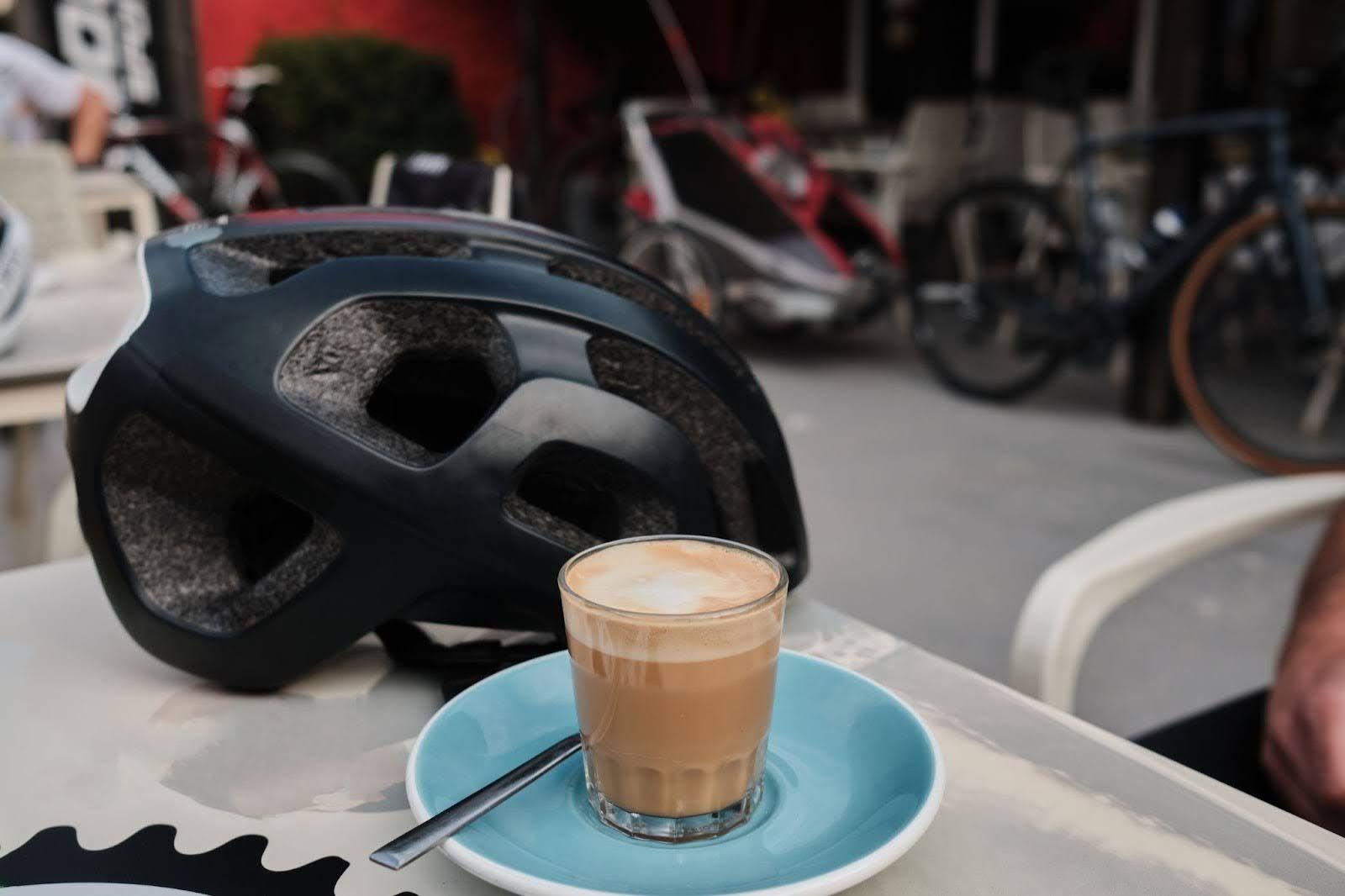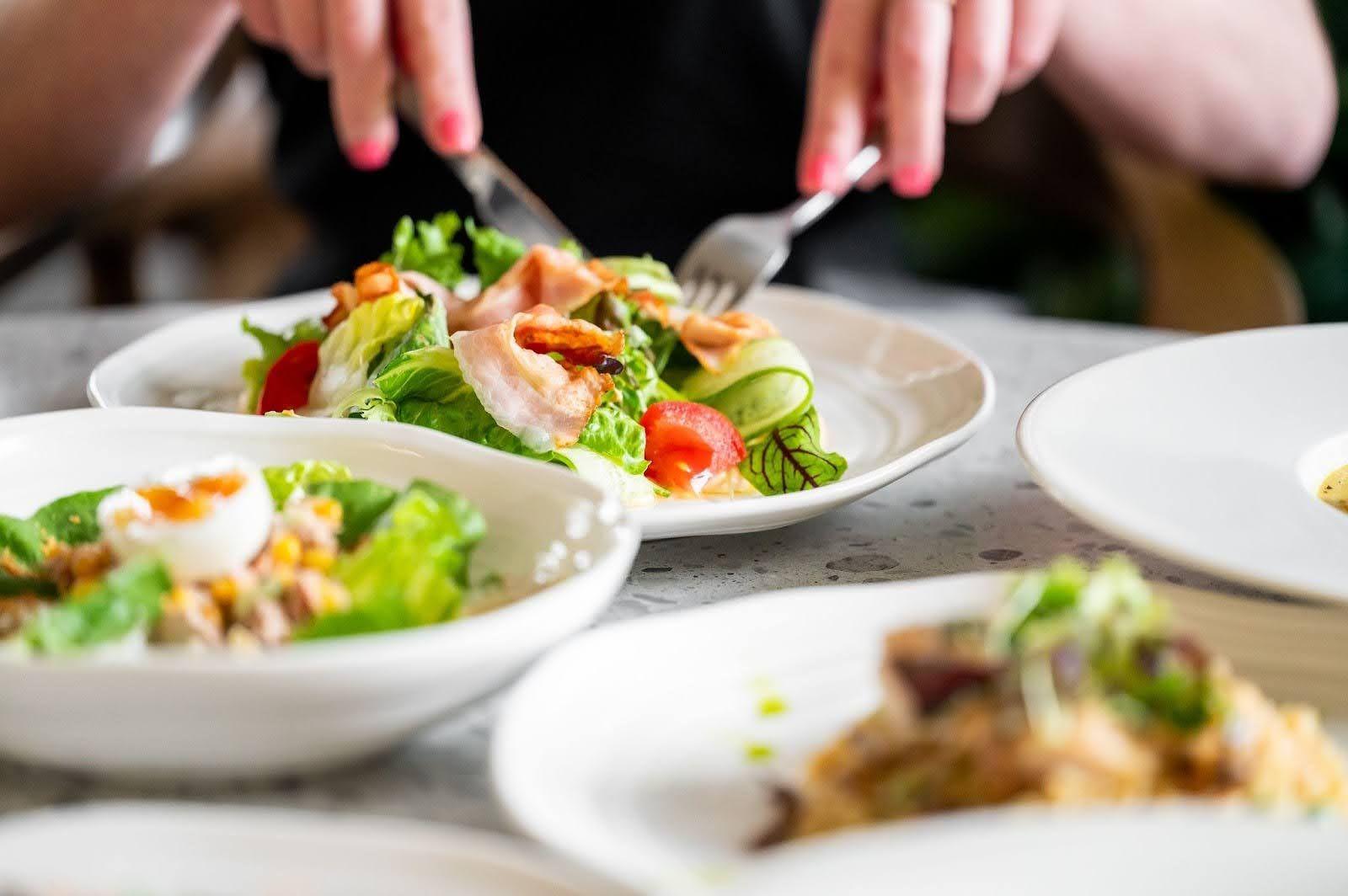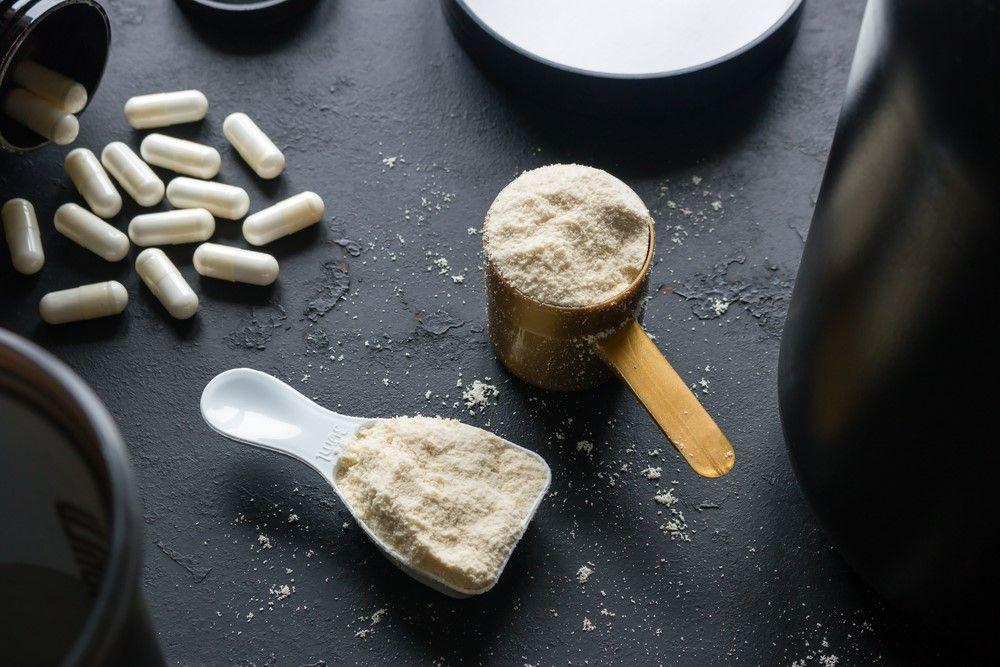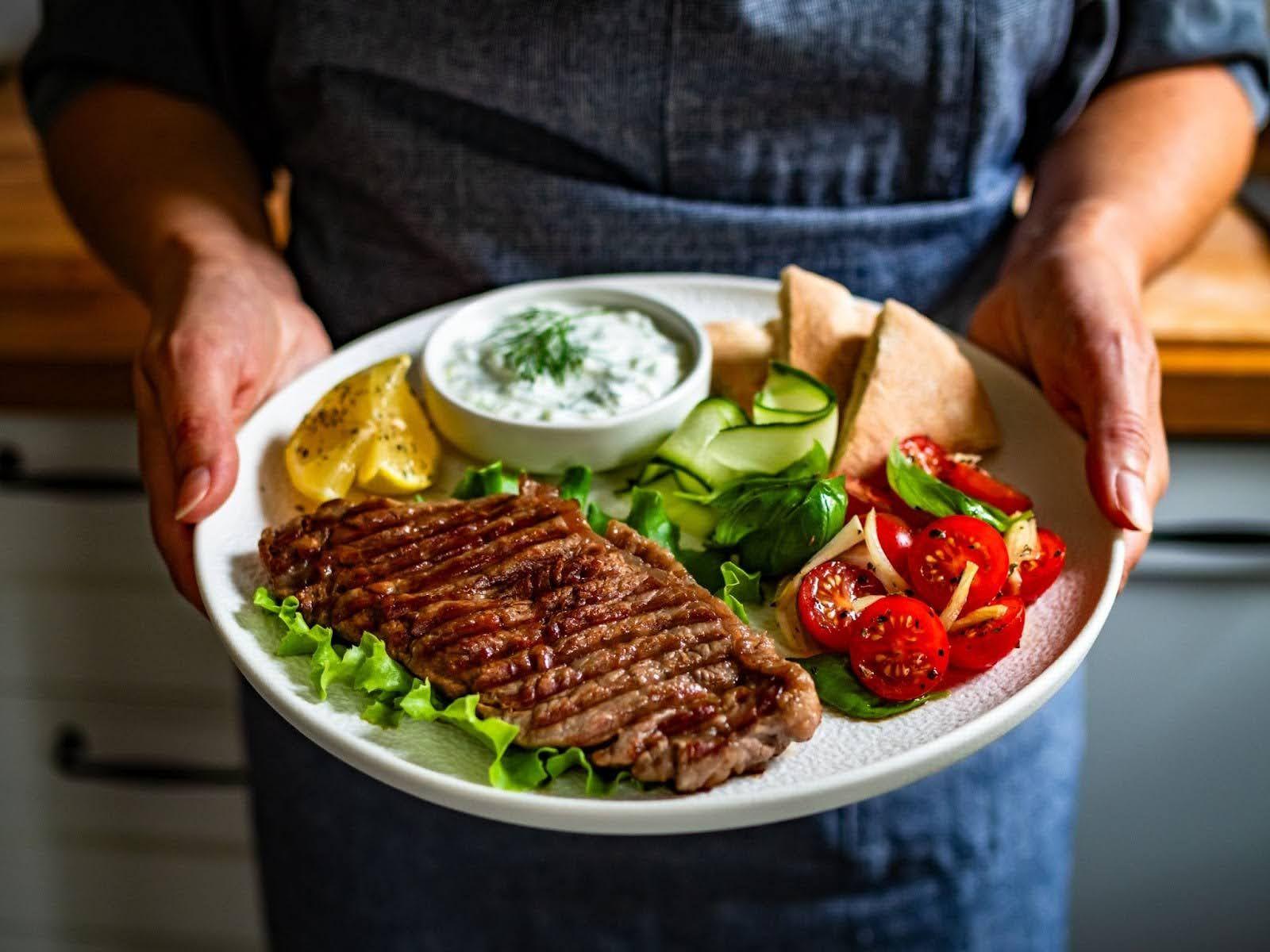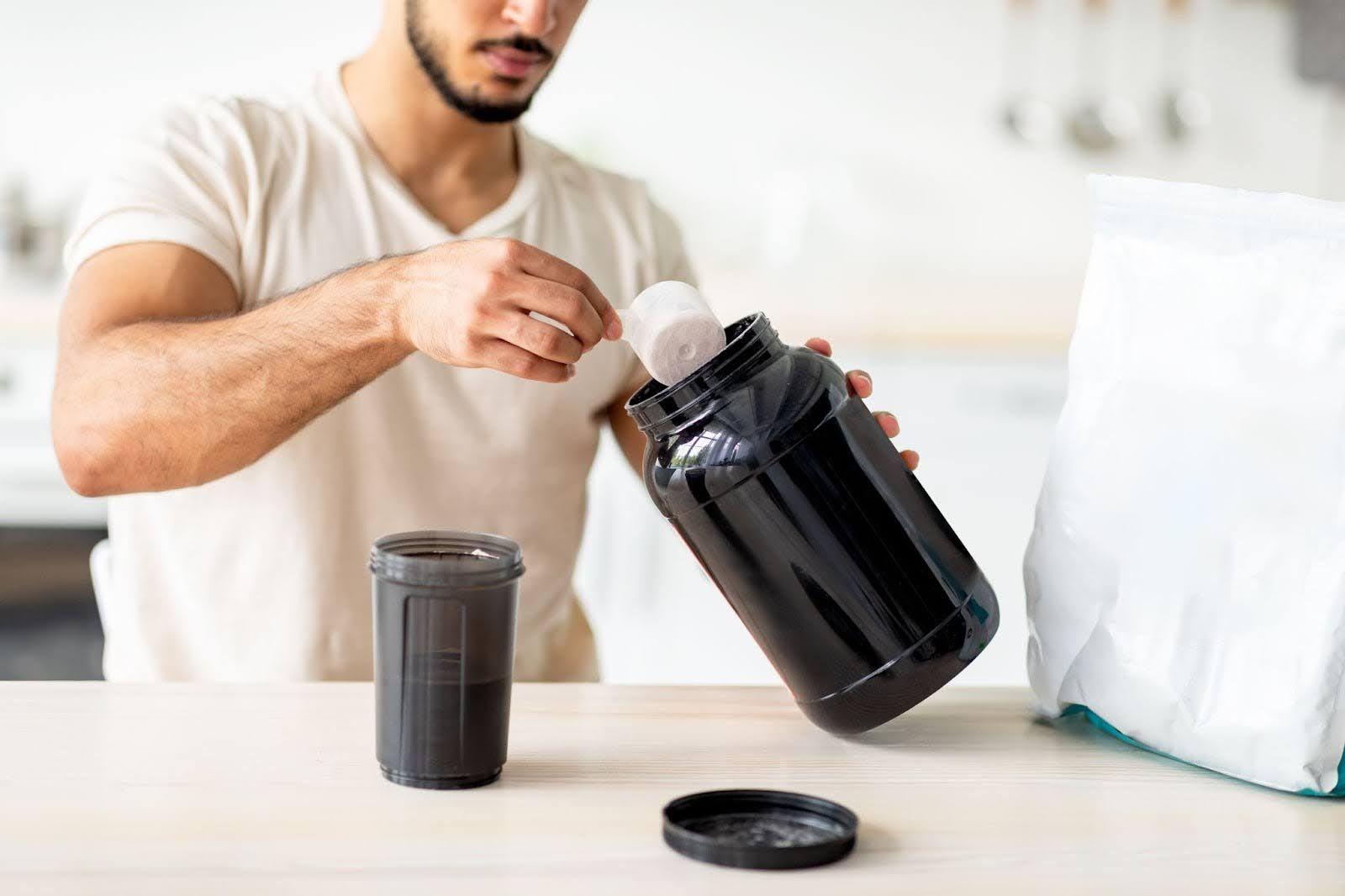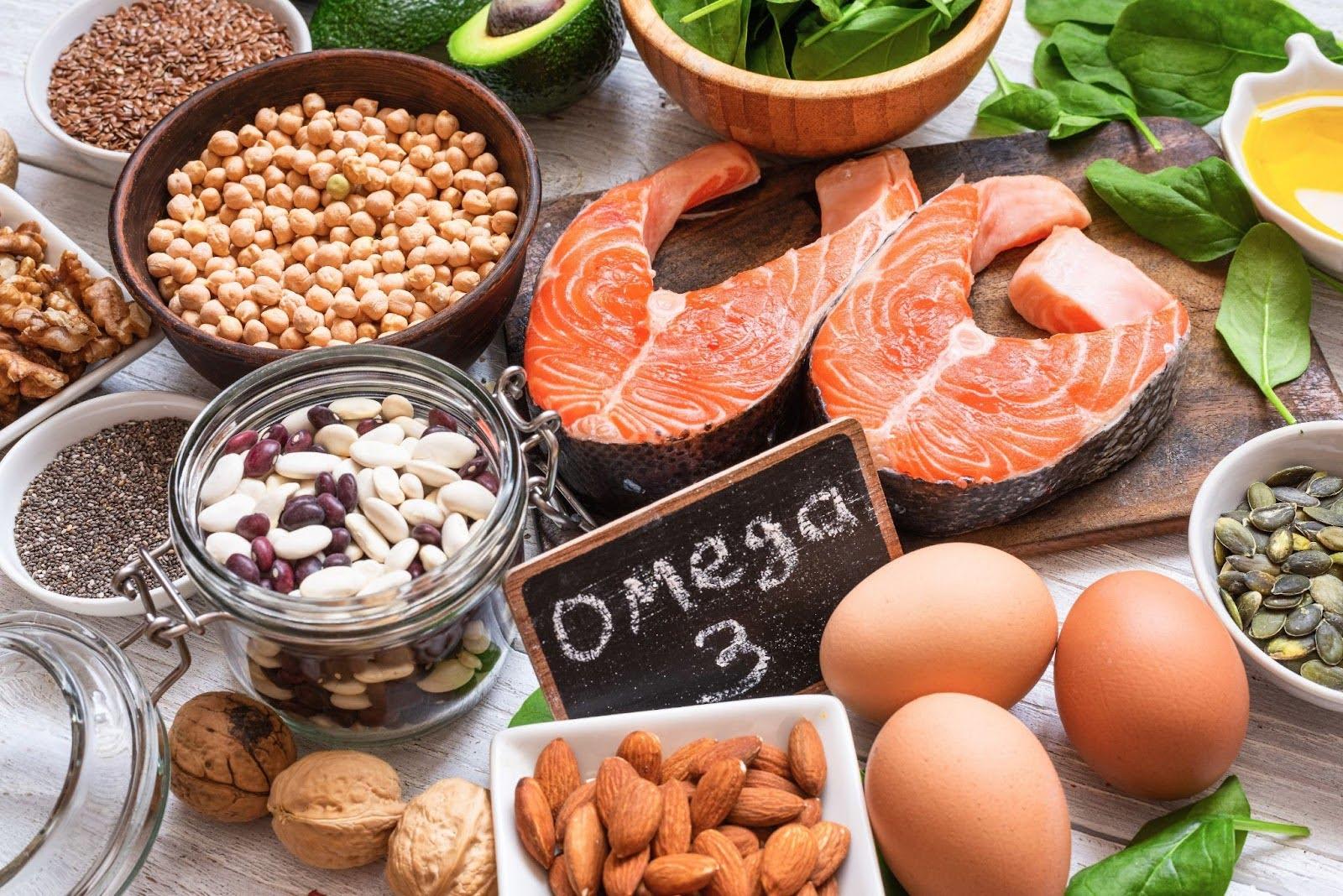Let's discuss one of my favourite cycling topics—nutrition! With so much advice out there, it can get overwhelming, so I've broken things down into simple, bite-sized tips to keep it easy.
Whether you're riding indoors or out, what you eat and drink can make a huge difference. If you've ever hit a wall mid-ride or felt wiped out after a session, chances are your fuelling wasn't quite correct. Getting it sorted can help you feel better, ride stronger, and recover faster.
Indoor training—especially on ROUVY—comes with its own set of challenges: more sweat, less cooling, and structured sessions that really push you hard. That's why good indoor cycling nutrition and hydration are key. Whether you're climbing mountains, doing an IRONMAN route recon, or working on your FTP, having the right fuel can help you get the most out of every session.
The Basics: What Your Body Needs When You Ride
Every pedal stroke depends on a mix of carbohydrates, fat, and protein—the building blocks of cycling nutrition. Carbohydrates fuel those more strenuous efforts, fat supports longer, steady rides, and protein helps your muscles recover and get stronger. Getting the timing and balance right can really change how you feel during and after a ride.
Your body uses different energy systems depending on how hard you're working. Quick sprints use stored-up muscle energy. Short, intense intervals burn mostly carbs. Long, steady efforts rely on both carbs and fat.
On ROUVY, a short, punchy virtual climb mostly burns carbs. For a longer endurance session, like an IRONMAN course, your body leans more on fat, but you still need carbs to keep going. Matching your fuel to the type of ride helps you stay strong from start to finish.
Good cycling nutrition isn't just about avoiding energy crashes—it's what powers your progress. From endurance and power to focus and recovery, smart fuelling helps you ride better and get more out of every session.
What to Eat Before Cycling
What you eat before a ride can really shape how you feel on the bike. For short, easy rides (under 60 minutes), you might not need much—maybe just a light snack, or even nothing at all if you're experienced and keeping it low intensity.
But for longer sessions (90 minutes or more), especially with climbs or intervals, a proper pre-ride meal is key. Aim to eat 2–3 hours before your ride, focusing on complex carbs and a bit of protein to keep your energy steady. Waiting a bit after eating gives your body time to digest, avoids GI issues, and ensures you start with full energy stores.
If you're eating one hour or less before the ride, stick to smaller, easily digestible carbs—such as a banana, energy bar, or small smoothie. Avoid heavy meals at this point; they won't digest in time and could cause discomfort.

Match your meal to the ride. A full breakfast works for a long outdoor session, but something lighter is better for an early indoor ride. Fasted rides can help train fat metabolism, but are best saved for low-intensity efforts and experienced riders.
For indoor sessions:
For long climbs or endurance rides? Try oats with berries and yoghurt or raisin toast with honey, banana, and nut butter.
Are they short intervals or climbs? A banana, a slice of toast, or a small smoothie 30 minutes before should do the trick.
Avoid riding on a full stomach or running on empty. The sweet spot is fuelling just enough to feel strong without feeling heavy. With practice, you'll figure out what works best for your body and the ride ahead.
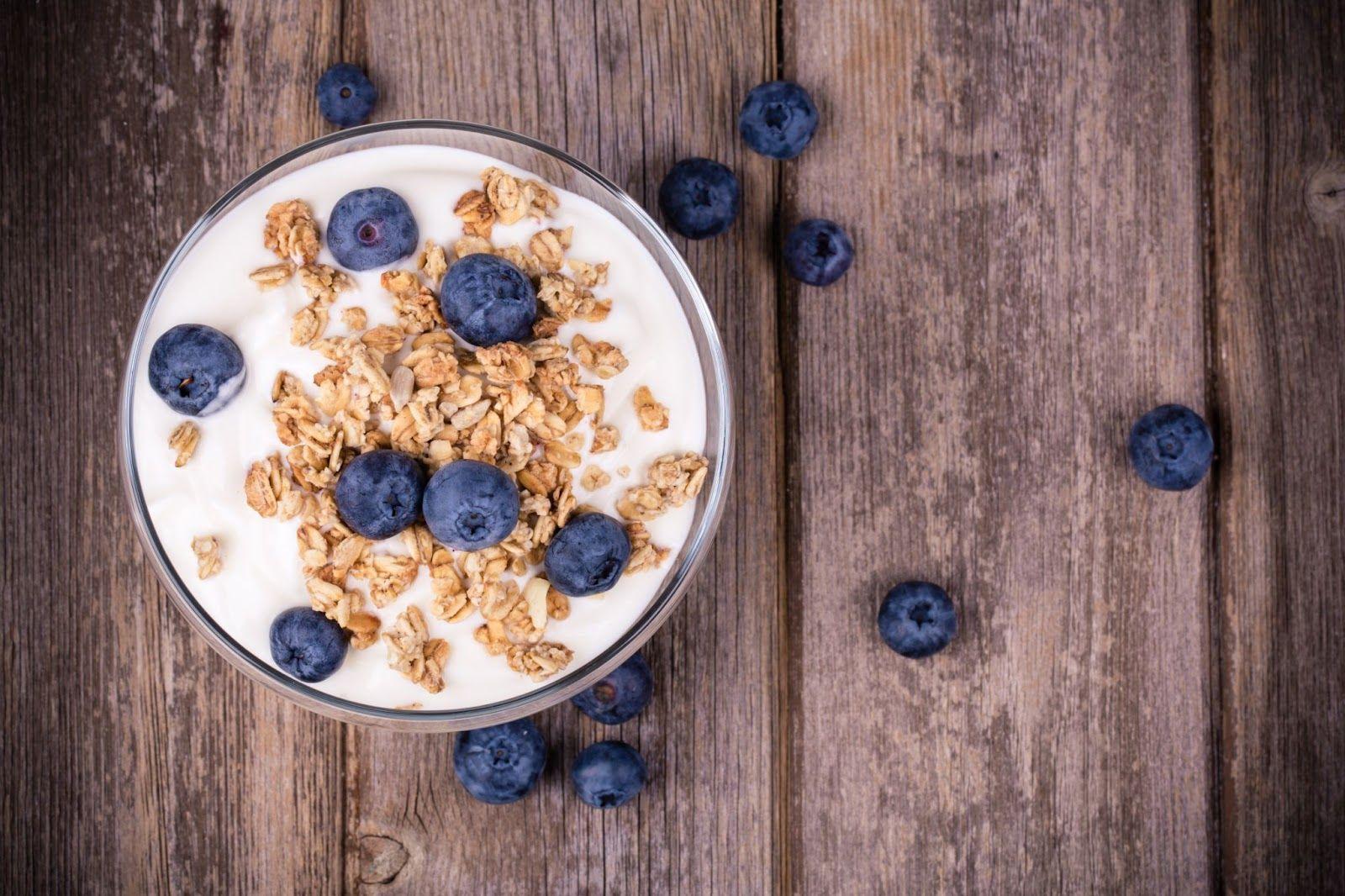
What to Eat During a Bike Ride
Your body uses glycogen stores during your ride, especially during high-intensity or rides over an hour. For rides under 60 minutes, especially at lower intensity, water may be enough. But once your ride goes over that hour, whether outdoors or indoors, you need to start refuelling to avoid performance decline and fatigue. The intensity of the session also affects how much fuel you need, with higher output sessions needing quicker, more accessible carbs.
Fuelling on the bike can take many forms: real food like bananas, dried fruit or oat bars; sports nutrition products like gels and chews; or carbohydrate-rich drinks. Real food offers variety and satiety, while processed sports fuels provide convenience and fast absorption, which is especially useful during indoor training when digestion might be slightly impaired. Finding the right balance of texture, sweetness, and digestibility will improve both enjoyment and performance.
As a rule of thumb, aim for 30-60g of carbohydrate intake per hour for rides up to 2 hours, and 60-90g for anything longer. A 60-minute ride on ROUVY might need just a bottle of isotonic drink, while a 90-minute virtual Gran Fondo needs a combination of drink, gel and solid fuel. On 120+ minute rides, build a pattern: a sip of carbs every 10-15 minutes, alternating between gel, chew and drink, depending on what your gut can tolerate.
On longer outdoor rides, a pit stop for a pancake or high-carb pastry and coffee can help you energise and refuel for the remainder of the ride and avoid an energy slump or bonk before you get home.
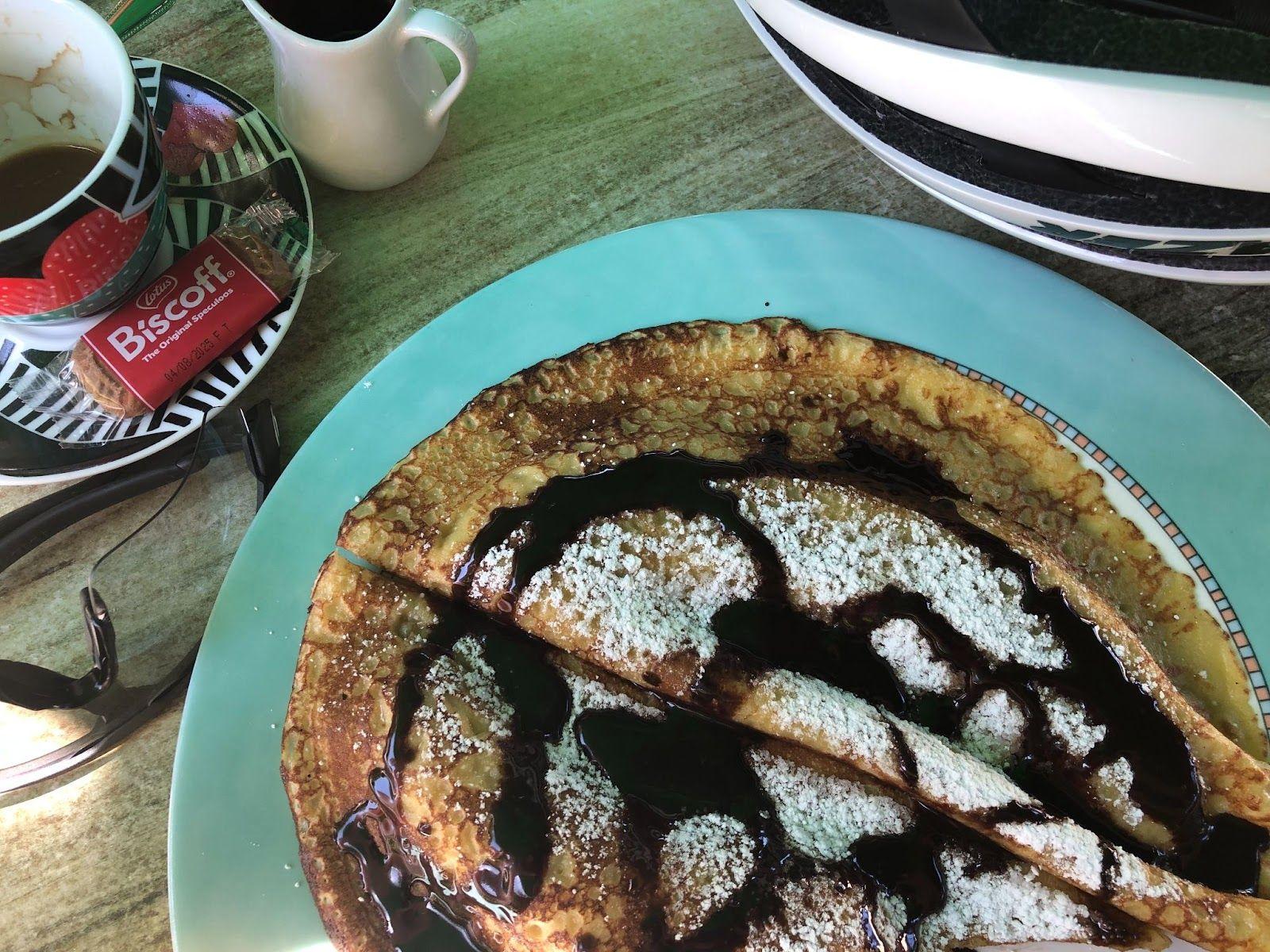
For outdoor rides lasting 4-6 hours, I ensure a substantial high-carb meal before departing to reach the halfway point. A coffee stop at midway is an opportunity to grab a calorie-rich, easily digestible carb meal, providing an energy boost and aiding quick refuelling, preventing energy crashes before the ride ends.
Post-Ride Cycling Nutrition
Recovery starts the moment your ride ends, and post-ride nutrition matters a lot. The body is primed to replenish glycogen stores and repair muscle in the first 30-60 minutes following exercise. That means your post-ride meal should focus on carbohydrate intake to refill energy stores and protein to kick-start muscle recovery. Ignoring this window can delay recovery, increase soreness, and reduce your capacity for subsequent training.
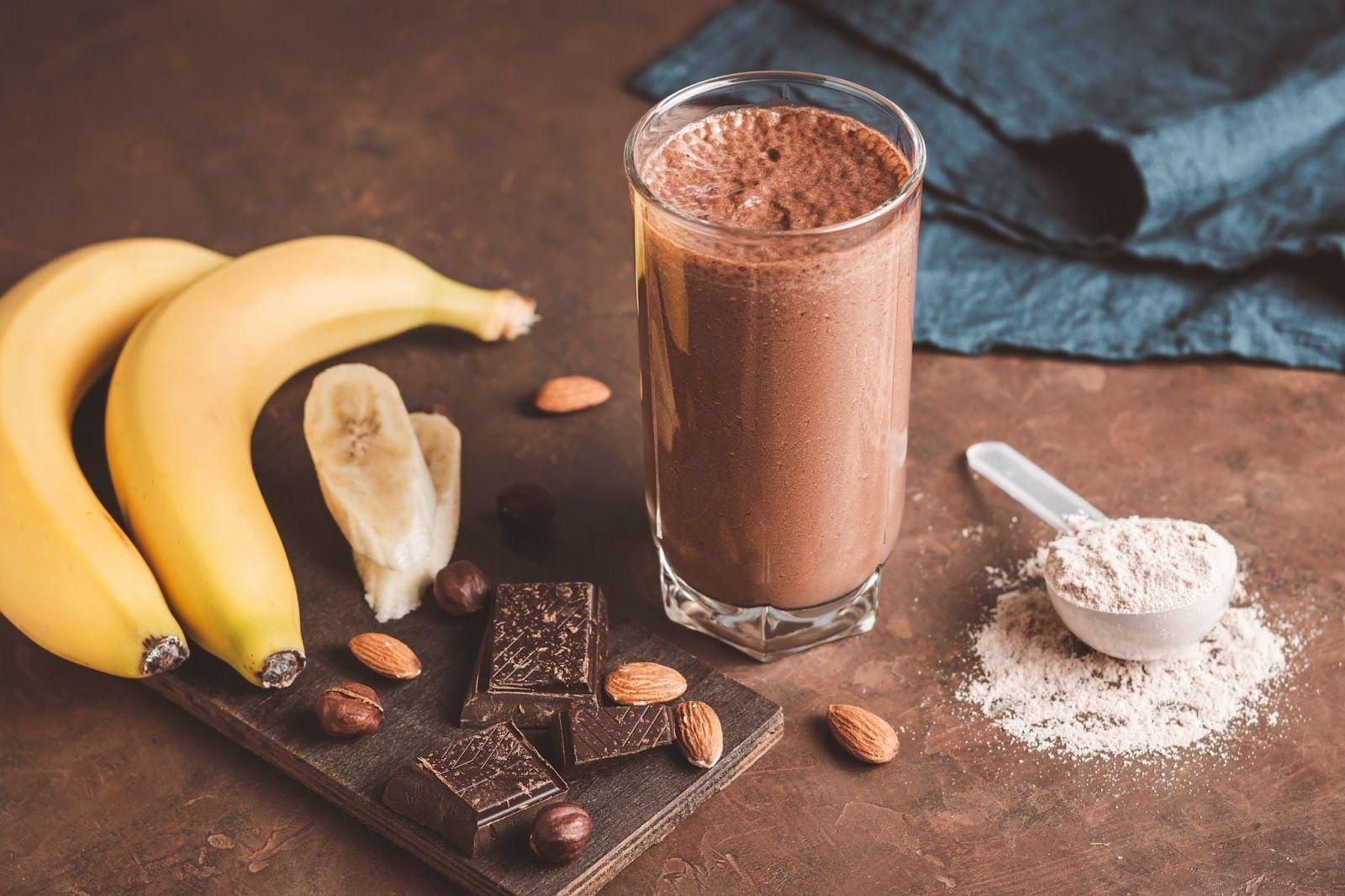
The ideal post-ride nutrition will depend on the ride's intensity and duration. For short sessions, a simple smoothie with milk, banana and protein powder may be enough. After longer rides or intense intervals, consider a more substantial option like chicken, sweet potato, and avocado salad with couscous or a quinoa bowl with roasted vegetables and feta. Recovery drinks can help if you're in a hurry, but whole foods should always be the primary choice when available.
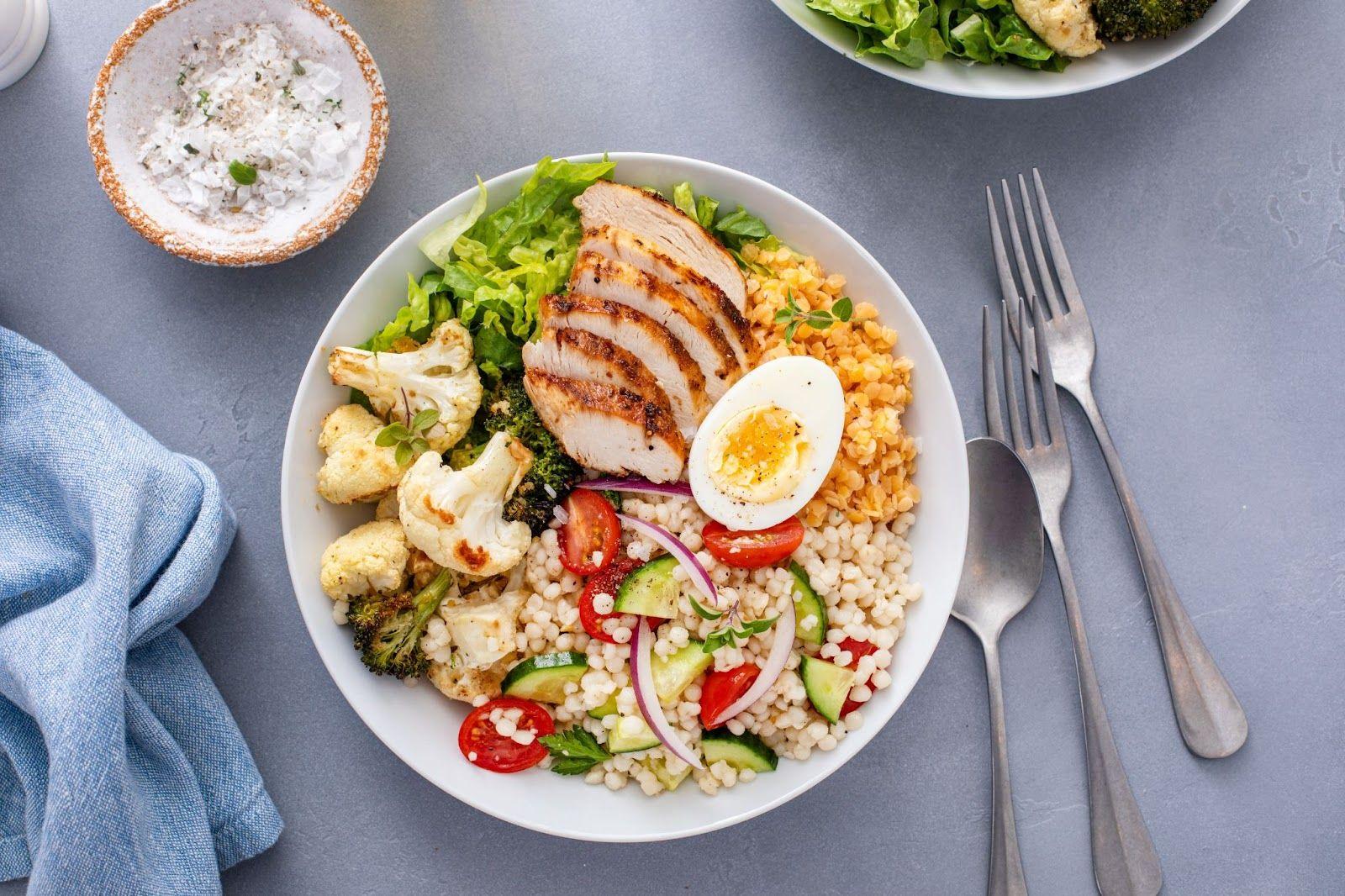
When indoor cycling, you often sweat more and may not feel as hungry immediately after a ride. Still, it's vital to rehydrate and refuel even if the appetite is low. A warm meal or easy-to-digest snack can ease this process. A good rule of thumb is to aim for a 3:1 or 4:1 ratio of carbs to protein in your post-ride intake. Rehydration should also begin at this stage, especially if the session was done in a warm or poorly ventilated space.
Recovery tip: Keep a go-to recovery option stocked and ready post-ride—something quick and nutritious like a smoothie pack, protein drink, or overnight oats.
Cycling Hydration and Electrolytes: More Than Just Water
Many cyclists underestimate the importance of hydration for their cycling performance. Even a 2% loss in body weight due to fluid loss can impair endurance, reduce power, and slow reaction time. During indoor riding, sweat loss is significant, and cooling is limited. Structured indoor sessions, such as those on ROUVY, require a proactive hydration plan.

Dehydration doesn't always show up as thirst. Headaches, dark urine, dizziness, or sudden fatigue are all signs that your fluid levels are sub-optimal. These symptoms often appear too late, by which time your performance may already be compromised. For longer or more intense rides, especially those lasting more than 90 minutes, pre-hydrating with water and electrolytes before the ride can help delay fatigue.
Electrolytes—sodium, potassium, magnesium, and calcium—are lost through sweat and must be replaced to avoid cramping and support muscle function. Sports drinks, electrolyte tablets, or a homemade mix with salt and fruit juice can all do the job. For indoor cyclists, adding electrolytes to water becomes crucial for cycling performance, even on shorter rides.
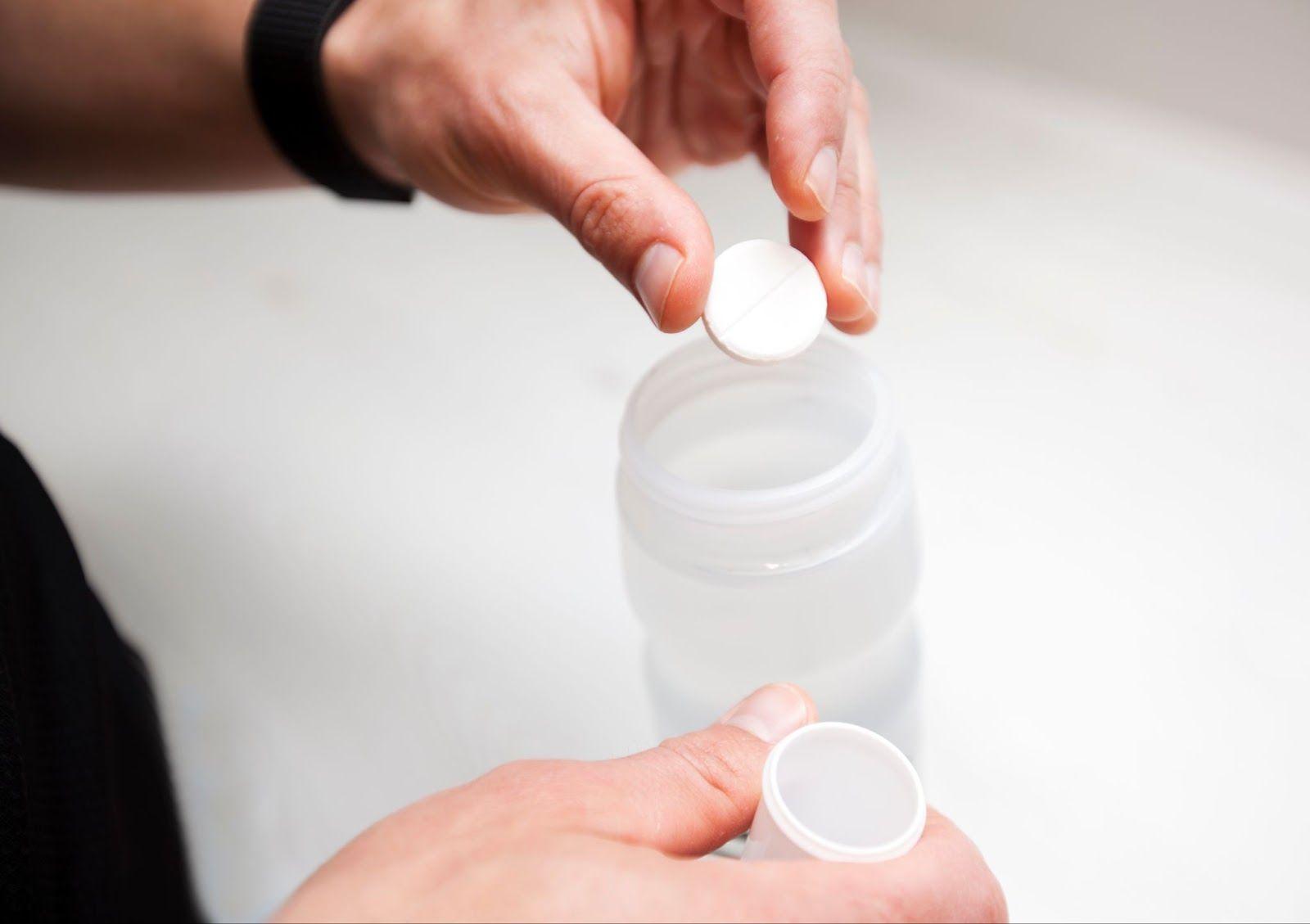
Common Cycling Nutrition Mistakes
Waiting too long to eat on a ride is the most common mistake cyclists make. Once you feel tired, hungry or sluggish, it's too late – your energy levels have dropped. To avoid this, start fuelling with your carbohydrate intake early in the ride and keep fuelling consistently. It's much better to sip and nibble regularly than to wait until you're ravenous or already low on energy, especially relevant for indoor rides where calorie burn is high even though you're stationary.
Overfuelling, especially on shorter rides, is another trap. Taking in more energy than you need can lead to stomach upset, bloating, or even weight gain over time. Not every session requires a gel or recovery shake. Learning when your body really needs extra fuel is a skill that comes with experience and tracking how you feel post-ride. Save high-energy foods for long or high-intensity sessions.
Not hydrating is a hidden danger for indoors. The lack of wind and constant pedalling can cause excessive sweating without the usual cues to drink. You might get off the bike drenched in sweat, not realising how dehydrated you are. Make it a habit to drink at regular intervals and monitor your fluid intake, even if it means setting a timer on your watch if you forget to drink. Weighing yourself before and after longer sessions can help you estimate sweat loss and adjust accordingly.
Supplements for Cyclists: What's Worth It?
The world of supplements can be overwhelming, but a few well-researched options can enhance your cycling nutrition. Carbohydrate powders can be helpful on long rides or back-to-back sessions. Caffeine has a well-documented performance-enhancing effect, especially in time trials or high-intensity efforts. Beetroot juice is rich in nitrates, which help your body produce nitric oxide—a compound that improves blood flow and helps muscles use oxygen more efficiently. This can boost endurance and delay fatigue, especially in longer rides. For best results, take a beetroot shot 2–3 hours before your session. It won't work for everyone, but many riders find it gives them an extra edge on sustained efforts.
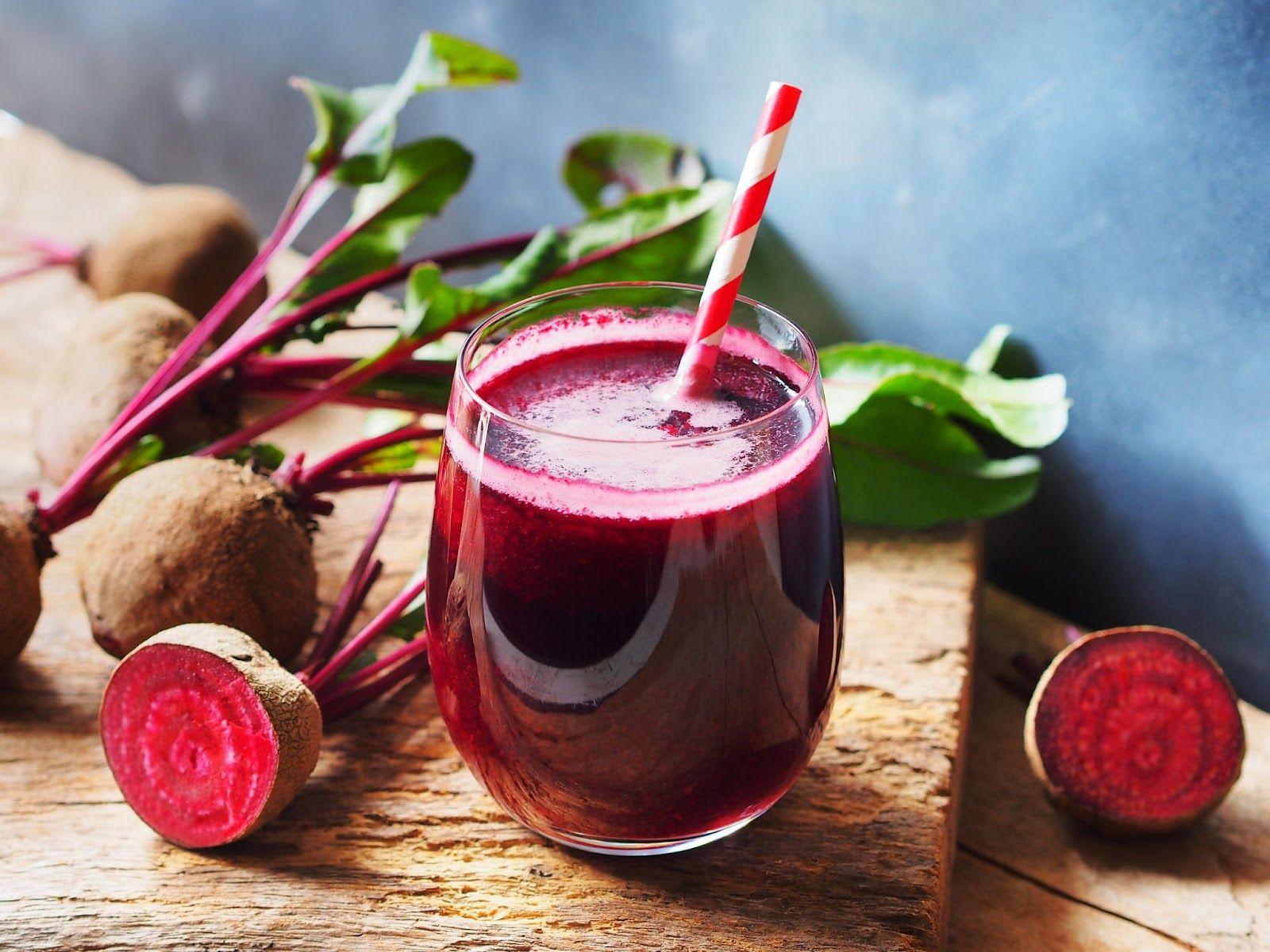
Avoid the hype around proprietary blends with vague ingredients or miracle claims. A solid base of real food, hydration, and structured fuelling will do more than any pill or powder. Use supplements as a boost to your routine, not a shortcut. It's an idea to test new supplementation during training indoors first to see the effects before experimenting with it outdoors in a race or event.
How to Fuel for Ideal Indoor Cycling Nutrition
Due to the controlled but sweat-heavy environment, indoor cycling demands a specific nutrition approach. The lack of airflow means higher core temperatures and fluid loss, making hydration and quick-absorbing carbs particularly important. Even in a one-hour workout, you may sweat more than on a two-hour outdoor ride. Fueling smartly keeps you sharp and strong throughout.
Match your intake to the session type. For short, high-intensity intervals under an hour, a small carb-rich snack and electrolyte water may be all you need. For sessions over 75 minutes—like simulated stage races or long endurance rides—start eating 30 minutes in and aim for 40-60 grams of carbohydrate intake per hour.
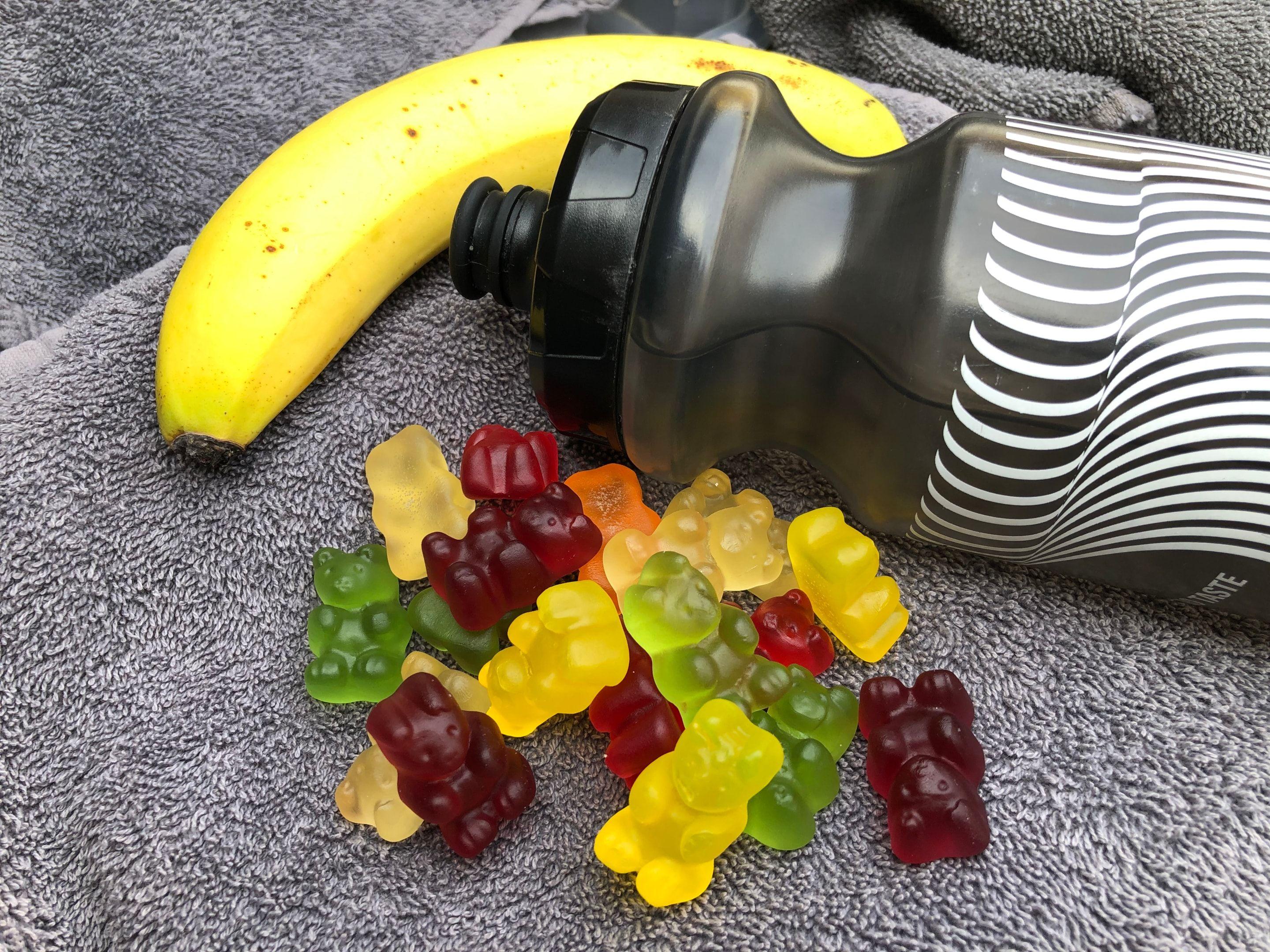
Easy-to-Eat Snacks for Long Indoor Endurance Rides
Staying fueled during long indoor rides is essential for maintaining energy and performance. Cycling energy foods include bananas, which are easy to digest and provide a quick source of carbohydrates and potassium. Energy chews or gummies are another popular choice—they're portion-controlled, designed for endurance athletes, and easy to consume without breaking your rhythm.
Dates are an excellent option for a natural sugar boost. They're rich in simple carbohydrates and offer sustained energy over time. Mini rice cakes with nut butter or honey can also work well; they're light and gentle on the stomach. Fig bars or fruit-and-nut bars offer a more substantial snack, balancing carbohydrates and healthy fats in a compact form. If you prefer something savoury, boiled salted baby potatoes provide a source of both carbs and sodium.
Homemade Carbohydrate Snack Ideas
Rice cakes with mix-ins
Inspired by pro team kitchens, homemade rice cakes are soft, moist, and easy to digest. Cook sushi rice and mix it with honey, nut butter, and a pinch of salt. You can add mashed banana, raisins, or cocoa powder. Then, press into a baking dish, cool, and cut into squares. Wrap individually for mid-ride fuel.
Oat and nut butter energy balls
Blend oats, nut butter, honey or maple syrup, and add-ins like chopped dates, dried fruit, chia seeds, or dark chocolate chips. Roll into small balls and chill. These provide a balance of carbs, fat, and protein.
Sweet potato bites
Roast small chunks of sweet potato with a light brush of olive oil and sea salt. They're naturally sweet, rich in carbs, and gentle on the stomach.
Baked pancake squares
Make a batch of banana or oat-based pancakes and cut them into bite-sized squares.
When to refuel in Workouts
Some ROUVY workouts, like FTP builders or long climbs, lend themselves to preset fueling routines. For example, during an 80-minute threshold workout, fuel approximately every 15 minutes with alternating sips of sports drink and half a gel. I use each recovery part to refuel if possible. During a 90-minute endurance ride, schedule one carb chew every 20 minutes and sip an electrolyte drink continuously.
Make your nutrition strategy as structured as your ride plan—this consistency improves performance and accelerates adaptation.
Cycling Nutrition for Specific Goals
Cycling nutrition for specific goals makes a huge difference. If you want to lose fat while maintaining performance, focus on fuelling your rides strategically, not restricting food overall. Carbs before and during intense sessions to support performance, reduce overall intake slightly on rest days to create a calorie deficit. Fasted rides can support fat adaptation, but only when done correctly.
Your strategy needs to change for ultra-endurance or multi-hour events. This means training the gut to handle large volumes of carbs – up to 90g per hour – and testing fuel combinations in advance. Practice your fuelling plan on long ROUVY rides to find out what nutrition you can tolerate and what timing works. Focus on sodium intake, drink rotation and small frequent intakes, not big feed moments.
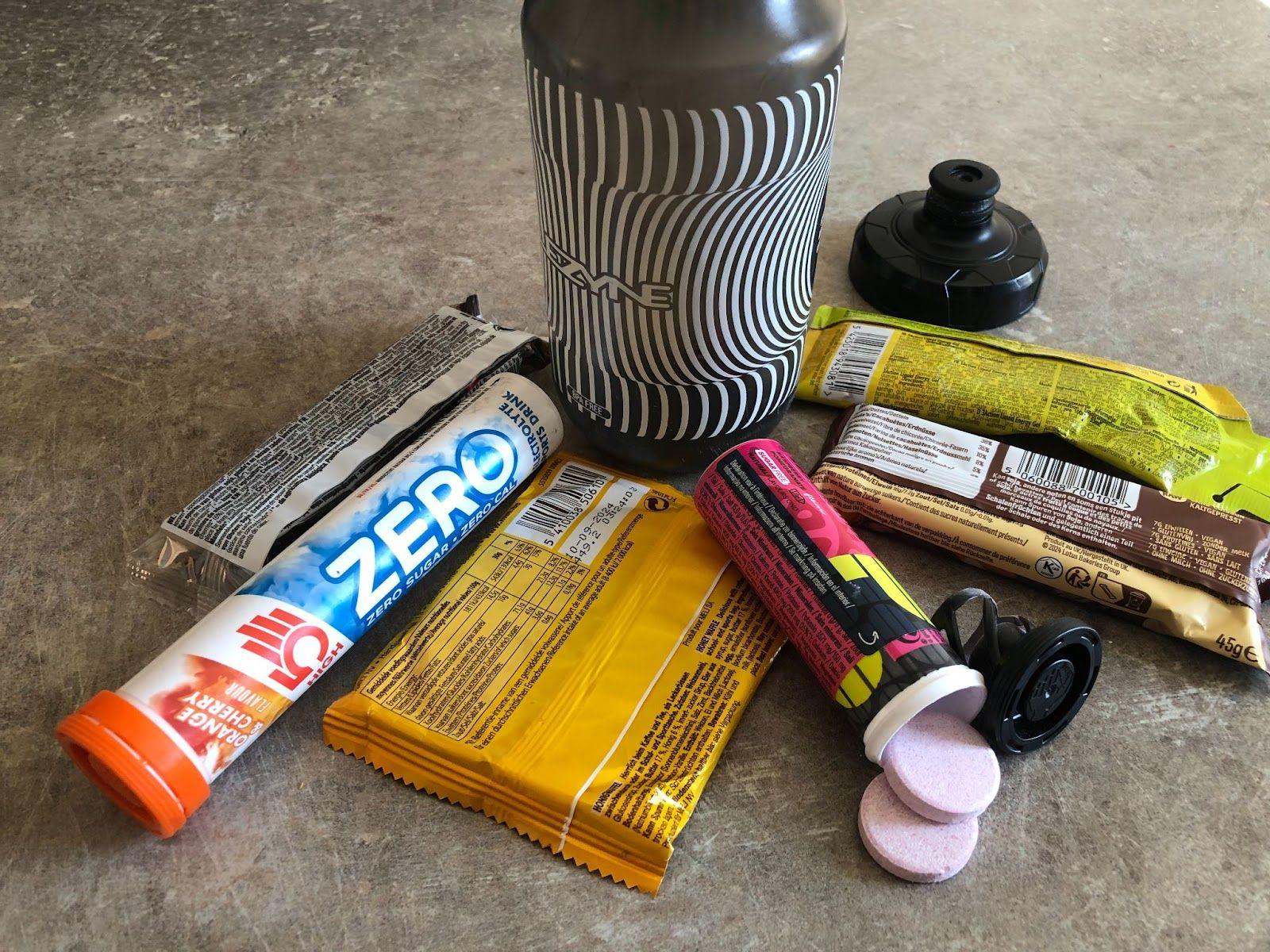
Recovery nutrition is key when training on consecutive days. You need to replenish glycogen, rebuild muscle, and rehydrate, and that means eating as soon as you finish your session and eating again a few hours later. A recovery shake followed by a full meal works well. Carbs, protein, and electrolytes after each ride ensure you're ready to perform again the next day.
From Knowledge to Action: Your Fueling Strategy Starts Here
Cycling nutrition is all about timing, balance, and figuring out what works for your body. A consistent fuelling routine that supports your training—indoors or out—can boost performance, recovery, and overall enjoyment. Whether you ride for fitness, racing, or adventure, getting your nutrition right makes a big difference.
There's no one-size-fits-all plan. Start with general guidelines, then test and tweak based on how you feel and recover. Pay attention to what meals, snacks, and hydration strategies work best. Keep notes and treat nutrition as part of your training toolkit.
Next time you ride on ROUVY, test your cycling nutrition plan. Try setting a carb intake on a specific route or workout and tracking how it affects your performance. With a solid nutrition strategy, every ride becomes a step toward becoming a stronger, more resilient cyclist.
